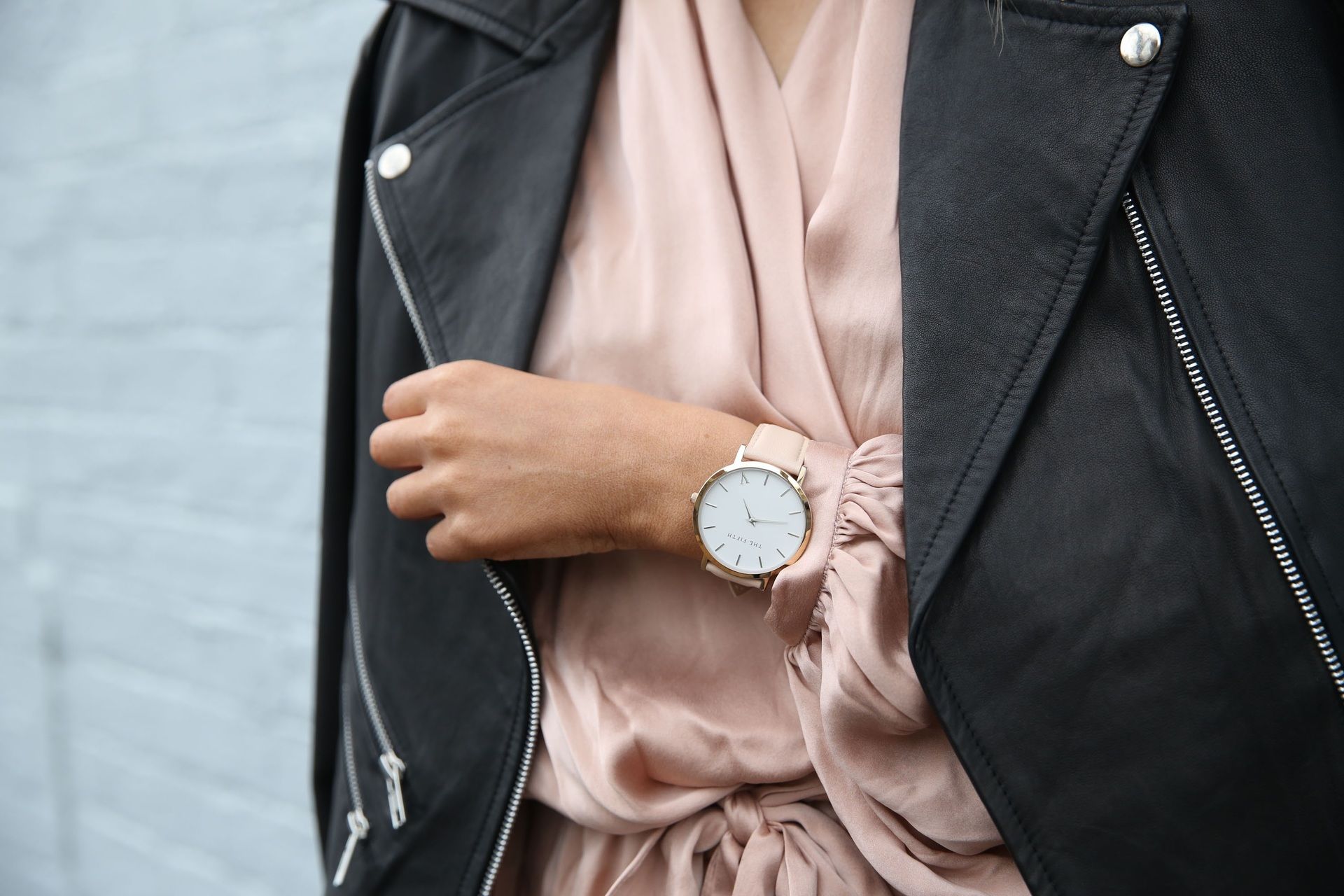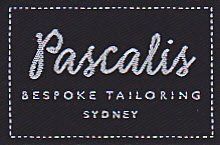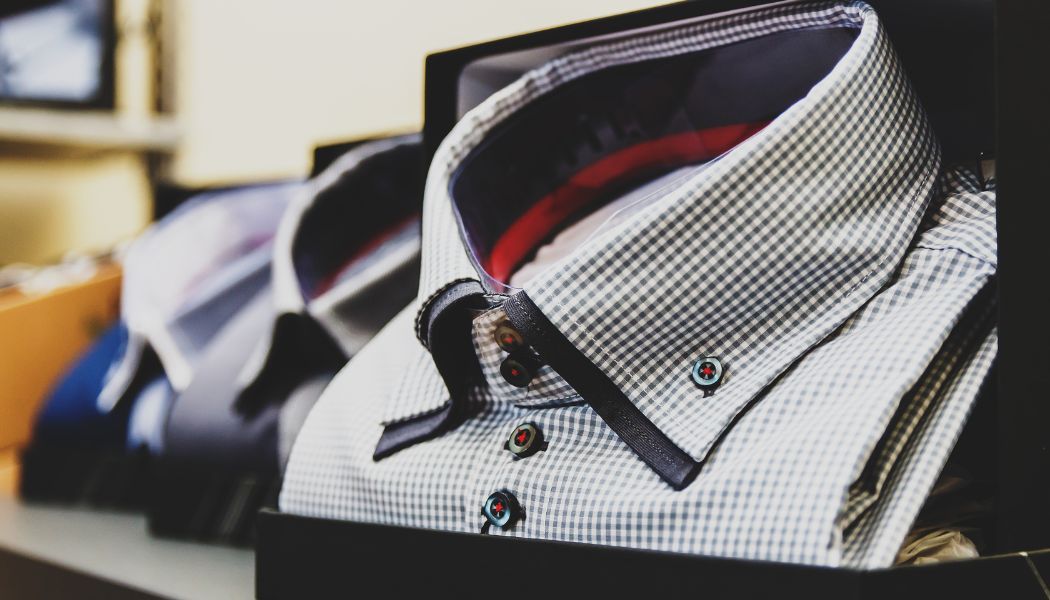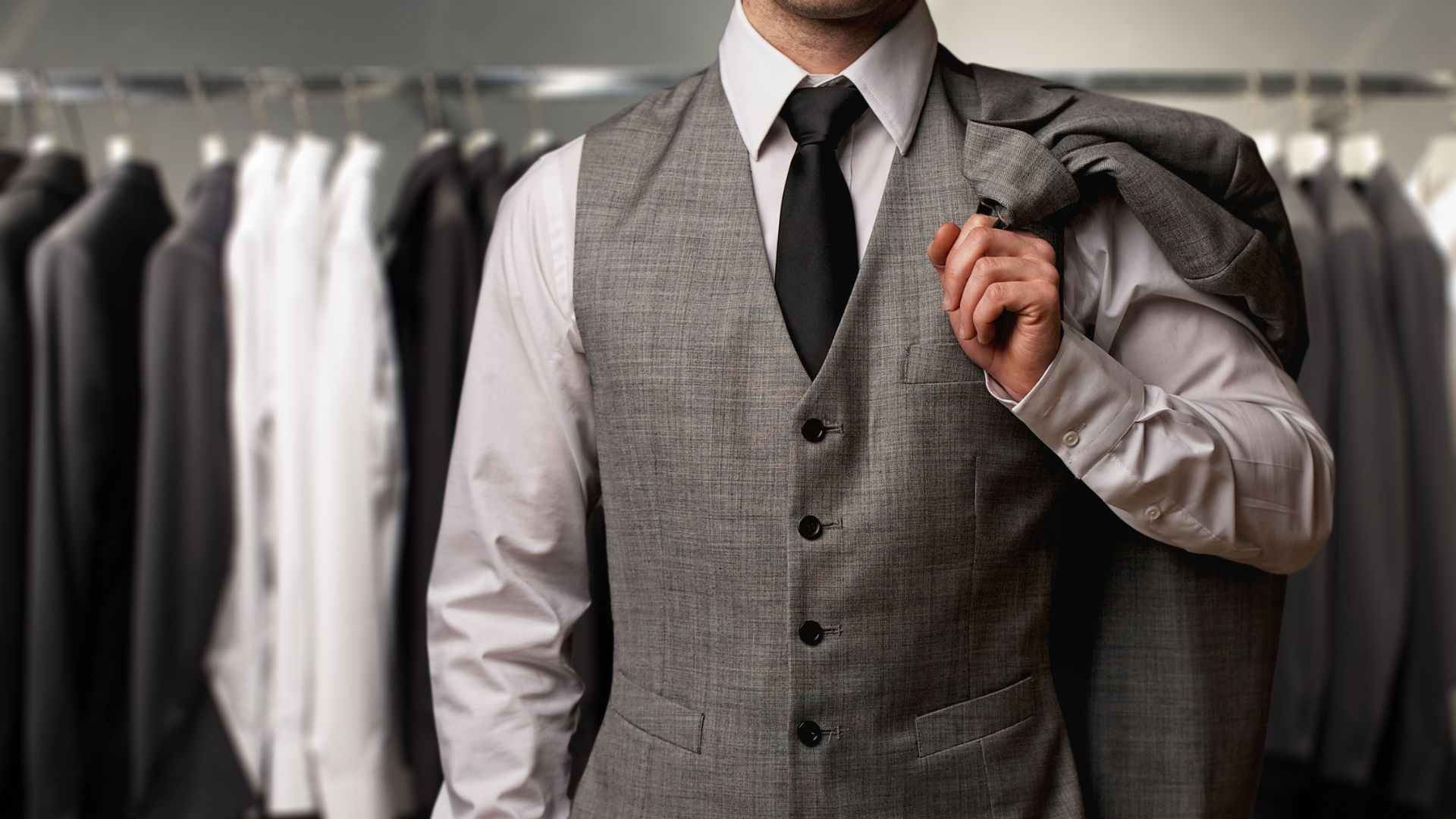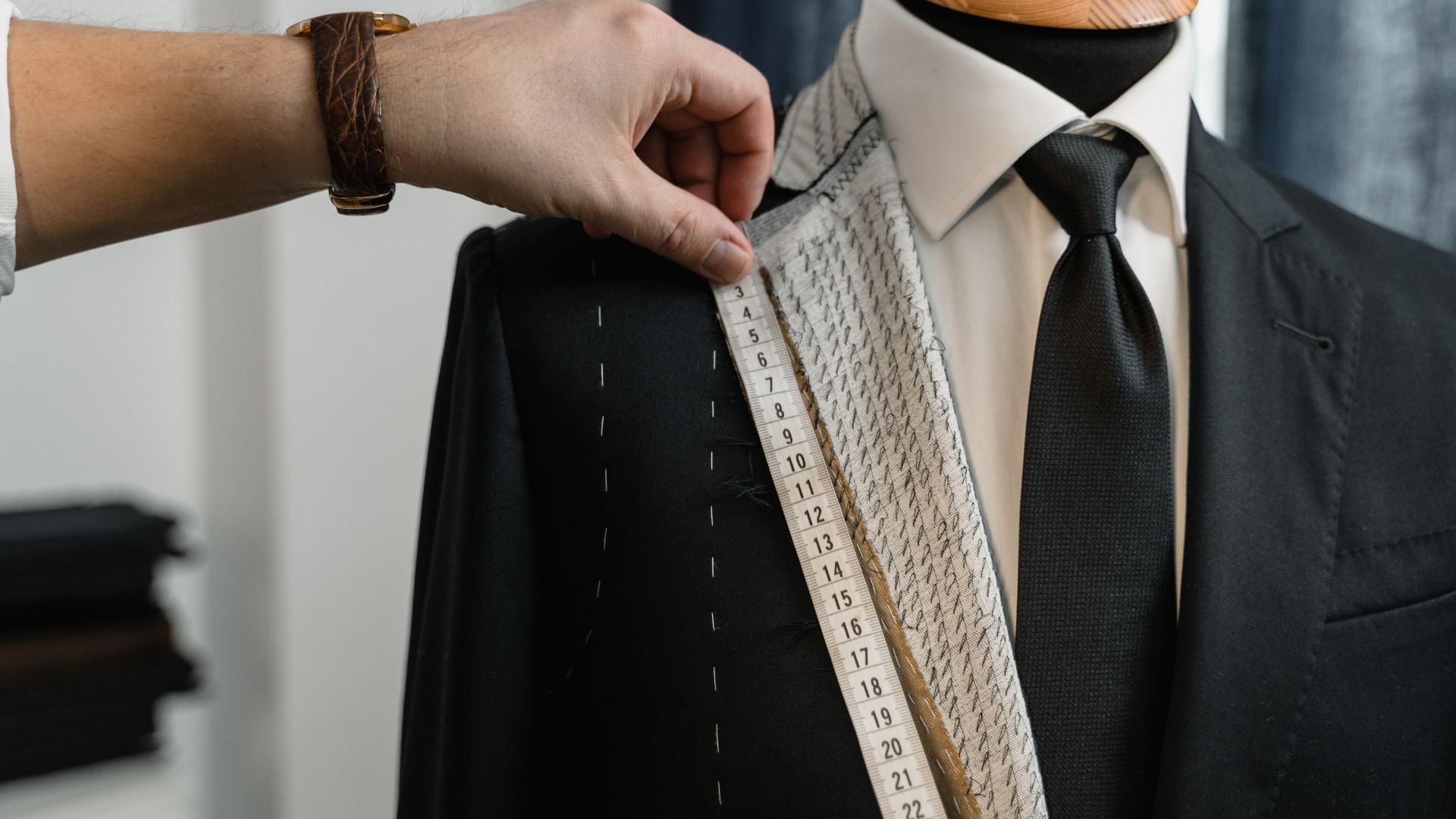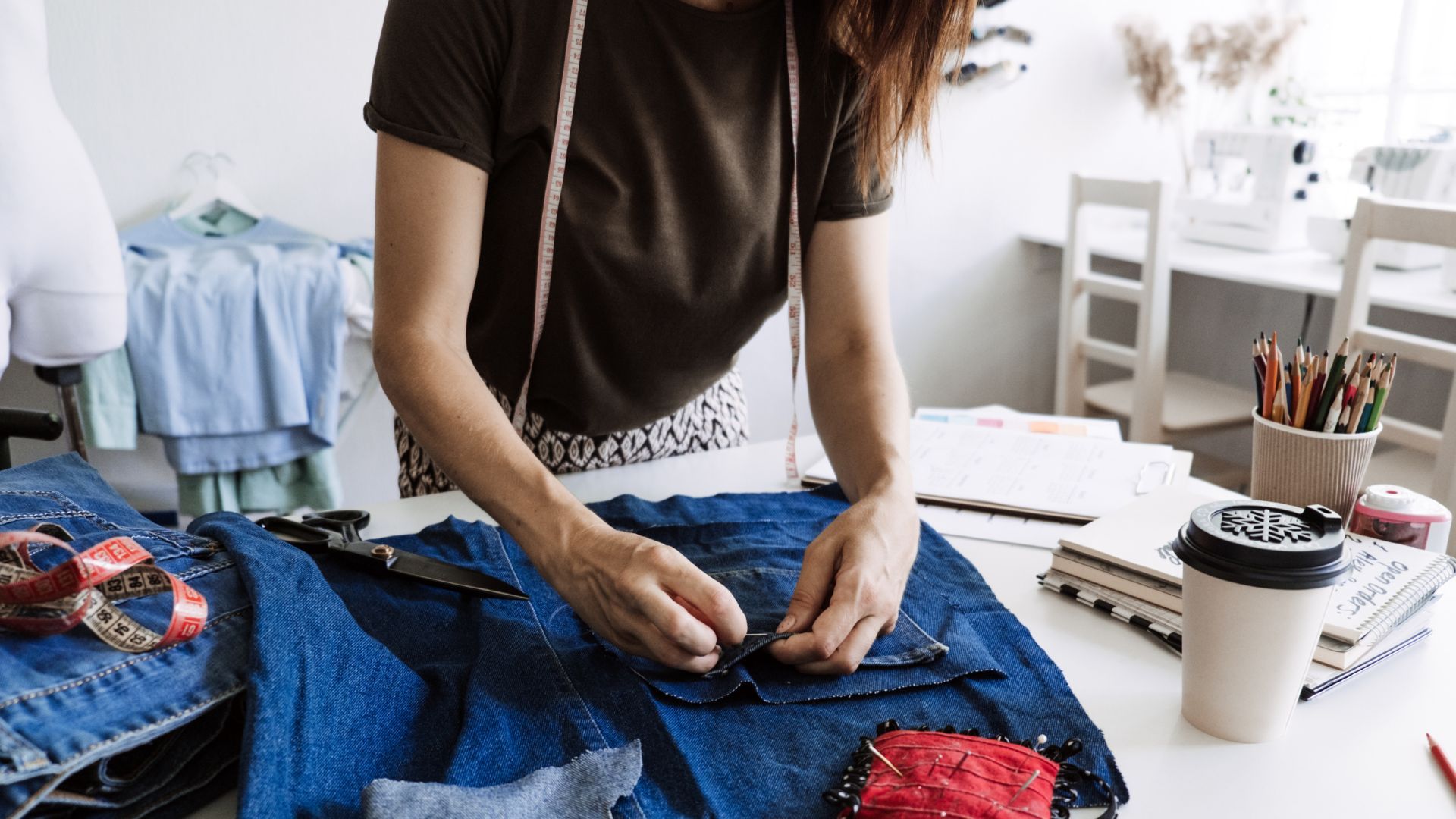The Weather is Heating Up. Time to Dress Down, Right? (Wrong!)
The Weather is Heating Up. Time to Dress Down, Right? (Wrong!)
Winter is just a few days over and it’s already starting to heat up. If you’ve felt the temptation to turn on the air conditioning already, don’t worry – you’re not alone. We’re in for a warm summer.
As the temperatures rise, you inevitably see some people opting to forgo formal attire for lighter, more casual clothing. It’s easy to understand why: the sweltering summer heat may seem incompatible with tailored suits, especially once the mercury starts topping 30 degrees.
But does that really mean you should abandon professionalism and style? Is it time to put aside your luxury tailored shirts until the weather takes a turn for the cool? No. If you’ve ever felt uncomfortable in your summer suit, that’s just because you need a better tailor.
The Myth of the "Uncomfortable Suit"
Too many people think that suits are inherently uncomfortable in hot weather. It’s a stereotype that overlooks the versatility of modern tailoring and the advances in fabric technology. A well-made suit, especially one crafted from breathable materials and designed for hot climates, can be as comfortable as you want it to be, even in the middle of the summer (or, at least, no more uncomfortable than anything else that you’re wearing – with the Australian summer there’s a point where nothing can save you from discomfort).
The key to looking both professional and feeling cool lies in selecting the right components—lightweight fabrics, proper linings, and breathable structures. And this is why finding the right tailor matters, because they’re going to be able to help you achieve those things within your budget and based on your own unique needs.
The Foundation of a Summer Suit
Fabric choice is the single most important factor in determining how comfortable a suit will be in hot weather. The wrong fabric, such as thick wool or polyester blends, can trap heat and make wearing a suit unbearable. The right fabric, on the other hand, can make all the difference.
And this is why many of our customers opt for a couple of different suits. Those thick material, warm suits are excellent for winter, after all. Having a summer and winter option makes sure that you’re covered for the full year.
- Linen
Linen is often the go-to fabric for warm weather due to its lightweight and breathable properties. It’s a natural fibre that allows air to flow freely, making it ideal for keeping cool. For these reasons, these suits are popular for outdoor events like weddings or garden parties, where it’s important to look the part but it could mean long periods without air conditioning. Just be aware that linen as a material can wrinkle easily, so it might not be a great option if you’re going to have an important meeting at the end of a day. - Cotton
Another great option for hot weather is cotton. Cotton suits are softer and less prone to wrinkling compared to linen. They breathe well and absorb moisture, keeping you comfortable throughout the day. Cotton has its drawbacks too, but a cotton-blend suit, incorporating small amounts of synthetic fibres like elastane, can offer a great balance between comfort, durability, and stretch. - Lightweight Wool
While wool may seem like a strange choice for summer, lightweight wool (sometimes referred to as tropical wool) is actually highly breathable and moisture-wicking. Wool fibres allow air to pass through, making it an excellent option for those who want the look and feel of a traditional suit without the weight. - Seersucker
Seersucker is another fabric synonymous with warm-weather tailoring. Its crinkled texture allows for airflow, preventing the material from sticking to your skin. The downside to these suits is that the material does lend itself to a more casual look, so it might not be the right fit for professional settings, but for social events and the like it is often seen as a good balancing choice between formality and comfort.
Here's Where The Tailoring Comes In
Aside from fabric, tailoring plays a crucial role in how a suit performs in hot weather. A well-tailored suit should not only fit perfectly but also be structured in a way that will help you stay cool with the perfect air flow.
- Unlined or Half-Lined Jackets
The lining in a suit jacket provides structure and a smooth drape, but it can also trap heat. For summer, opting for an unlined or half-lined jacket can make a world of difference. These jackets use minimal or no lining, particularly in the back and shoulders, allowing air to circulate more freely. As a result, the jacket feels lighter and cooler against the skin. - Loose and Relaxed Fits
While tight, form-fitting suits may look sleek, they can also be restrictive and trap heat in warm weather. A slightly looser fit—without being baggy—allows for better airflow and greater comfort. In summer, relaxed-fit trousers and jackets made from breathable fabrics strike the perfect balance between style and practicality. - Minimal Layering
Keeping layers to a minimum is another simple way to stay cool. Skip the waistcoat and instead focus on lightweight dress shirts made from breathable fabrics like cotton or linen. Alternatively, consider a short-sleeved shirt under your suit for a more casual yet refined summer look.
Don’t Sacrifice Style for Comfort
In short, dressing for hot weather doesn’t mean abandoning style. With the right approach, a suit can be both practical and elegant even when the temperature is soaring. Australian summers may be brutal, but they don’t have to be an excuse for sloppy dressing. Lightweight fabrics, thoughtful tailoring, and smart choices in cut and construction allow you to stay cool while maintaining a polished look.
In fact, a well-chosen summer suit can elevate your style, especially in environments where others might be dressing down. When everyone else is opting for shorts and polos, showing up in a sharp, breathable suit makes a statement—you’re someone who values professionalism, even in the heat.

